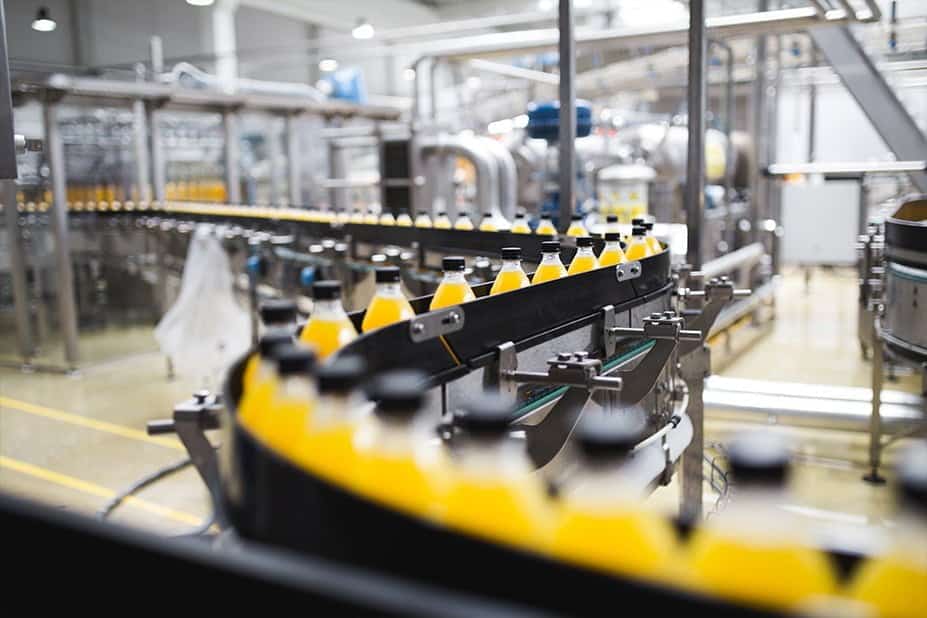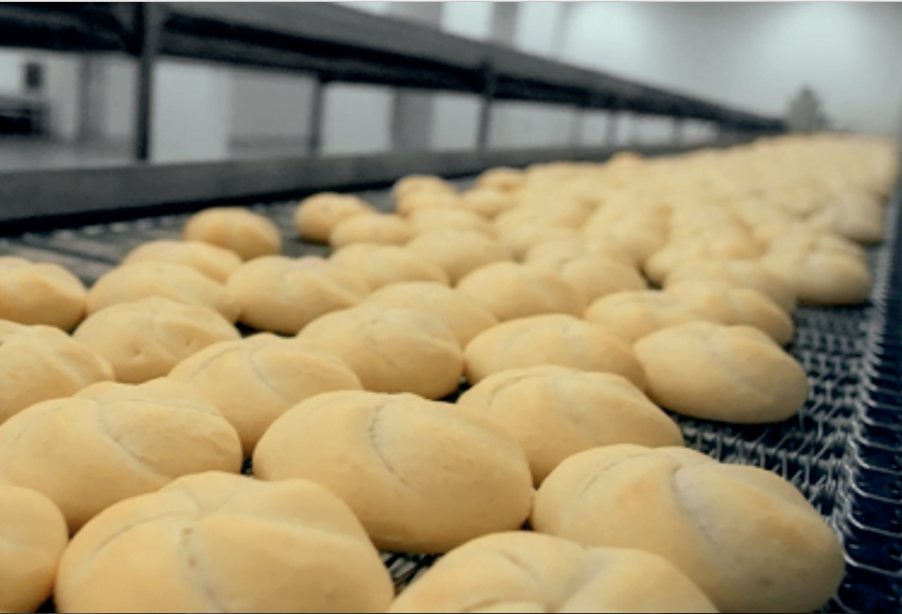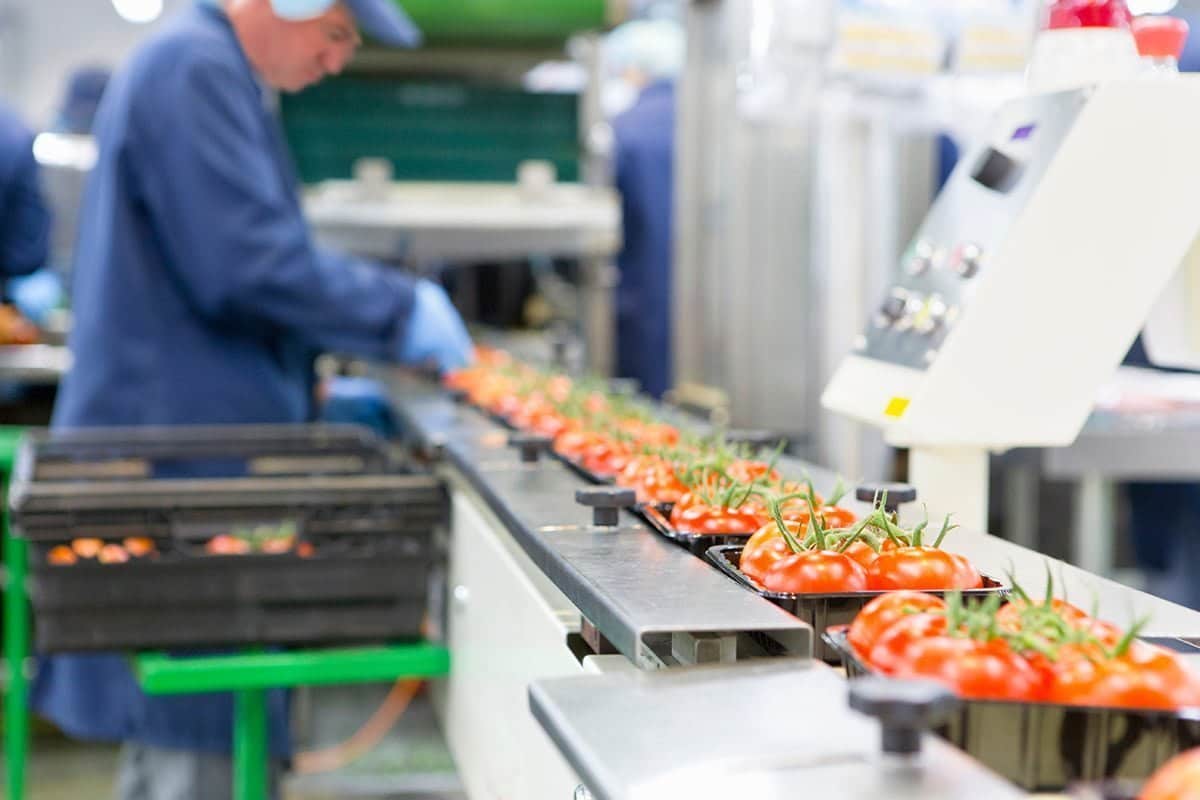Food grade lubricants are specialized products designed for use in food processing environments where there might be incidental contact with food. These lubricants reduce the risk of contamination and ensure that food manufacturing processes comply with stringent safety standards. More detailed guidance on food grade lubricants and their importance can be found in resources such as the NSF International’s overview on food safety and quality.
Regulatory Background and Compliance
Initially regulated by the USDA, oversight of food grade lubricants shifted to the NSF in 1998, expanding to encompass a wider range of industries. The introduction of ISO 21469:2006 further standardized the requirements for lubricants in contact with food products, emphasizing hygiene throughout the manufacturing process. For comprehensive details on these regulations, consult the ISO 21469:2006 standards.
Detailed Categories of Lubricants
| LUBRICANTS | H1 | General – incidental contact |
| H2 | General – no contact | |
| H3 | Soluble oils | |
| HX-1 | Ingredients for use in H1 lubricants (incidental contact) | |
| HX-2 | Ingredients for use in H2 lubricants (no contacts) | |
| HX-3 | Ingredients for use in H2 lubricants (soluble oils) | |
| 21469 | ISO 21469 certified lubricants with incidental product contact | |
| FOOD PROCESSING SUBSTANCES | 3H | Release agents |
| HEAT TRANSFER FLUIDS | HT1 | Heat transfer fluids – incidental contact |
| HT2 | Heat transfer fluids – no food contact | |
| HTX1 | Ingredients for use in HT1 heat transfer fluids | |
| HTX2 | Ingredients for use in HT2 heat transfer fluids |
H1 Lubricants
These are used in areas where there is potential for incidental food contact. The lubricant composition must not pose any food contamination risk.
H2 Lubricants
Suitable for machinery where there is no possibility of food contact, these lubricants are formulated to be safe in food processing environments but do not contact food directly.
H3 Lubricants
Often used on equipment like meat hooks that directly contact food. These lubricants are typically oils that can be washed off easily.
3H Release Agents
These are used on surfaces such as molds and conveyors where food release is critical.

Current Challenges and Technological Advancements
The food grade lubricant industry faces ongoing challenges such as compliance with emerging regulations including the shift away from mineral oils due to their potential health risks. Innovations in synthetic lubricants are improving performance and safety.
CHALLENGES & SOLUTIONS
Dependence on H1 Lubricants
Matrix focuses on more than just H1 lubricants by strengthening maintenance protocols and engineering advancements to improve operational safety and efficiency.
Insufficient Guidance for End-Users
Matrix addresses this need with our “Matrix Sharing & Learning” app, providing clear, detailed instructions for managing lubricants effectively.
Compliance Pressure for Eco-Friendly Packaging
Matrix is at the forefront of developing eco-friendly lubrication solutions that meet current regulations, helping our clients adapt to these important changes.
Shift Towards Sustainable Lubricants
Our strong investment in research and development enables us to provide top-quality synthetic lubricants that boost performance and are environmentally friendly.
Inconsistencies in Global Regulations
Matrix uses its global reach and commitment to high safety and performance standards to effectively manage the complex global regulatory environment, ensuring our solutions lead the market.
Effective lubrication management goes beyond choosing the right product. It requires a complete approach, including correct storage, consistent maintenance, and comprehensive training for all staff. Implementing a strict reliability program and following best practices greatly improves equipment efficiency and food safety.
„Food grade lubricants play a crucial role in maintaining the integrity and safety of food products. Their use ensures that food manufacturing operations comply with global food safety standards, minimizing risks of contamination and supporting public health.“

Certification and Training
At Matrix Lubricants, we are committed to maintaining the highest standards of quality across all areas of our business. This commitment is clear in our complete certification and training programs. Our sales engineers receive extensive training to fully understand the crucial role of food-grade lubrication in food processing. We proudly hold ISO and NSF certifications that highlight our dedication to superior quality management and food safety. Additionally, our Kosher and Halal certifications ensure we meet a variety of dietary needs. These qualifications reinforce our reputation for reliability and help build trust with our partners and customers worldwide. For more details on our certifications and training initiatives, please visit our website.
Matrix Lubricants: Expertise in Food Grade Lubrication
Matrix Lubricants is recognized as a leader in providing food-safe lubrication solutions. Our Foodmax® range is specially crafted to meet the demanding NSF H1 standards, ensuring both safety and performance in food processing environments. We provide specialized lubricants for various applications such as chains, compressors, gears, and hydraulics, designed to withstand extreme temperatures and ensure cleanliness. At Matrix, we are dedicated to improving operational efficiency and safety in all industries that require food-safe lubrication solutions. For more information about our products, please visit our Food Grade Lubricants and Greases section.
„Transitioning to advanced synthetic food grade lubricants not only meets stricter regulatory requirements but also enhances machinery efficiency and reduces operational costs. This shift is crucial for sustainability and performance in the highly competitive food and beverage industry.“

